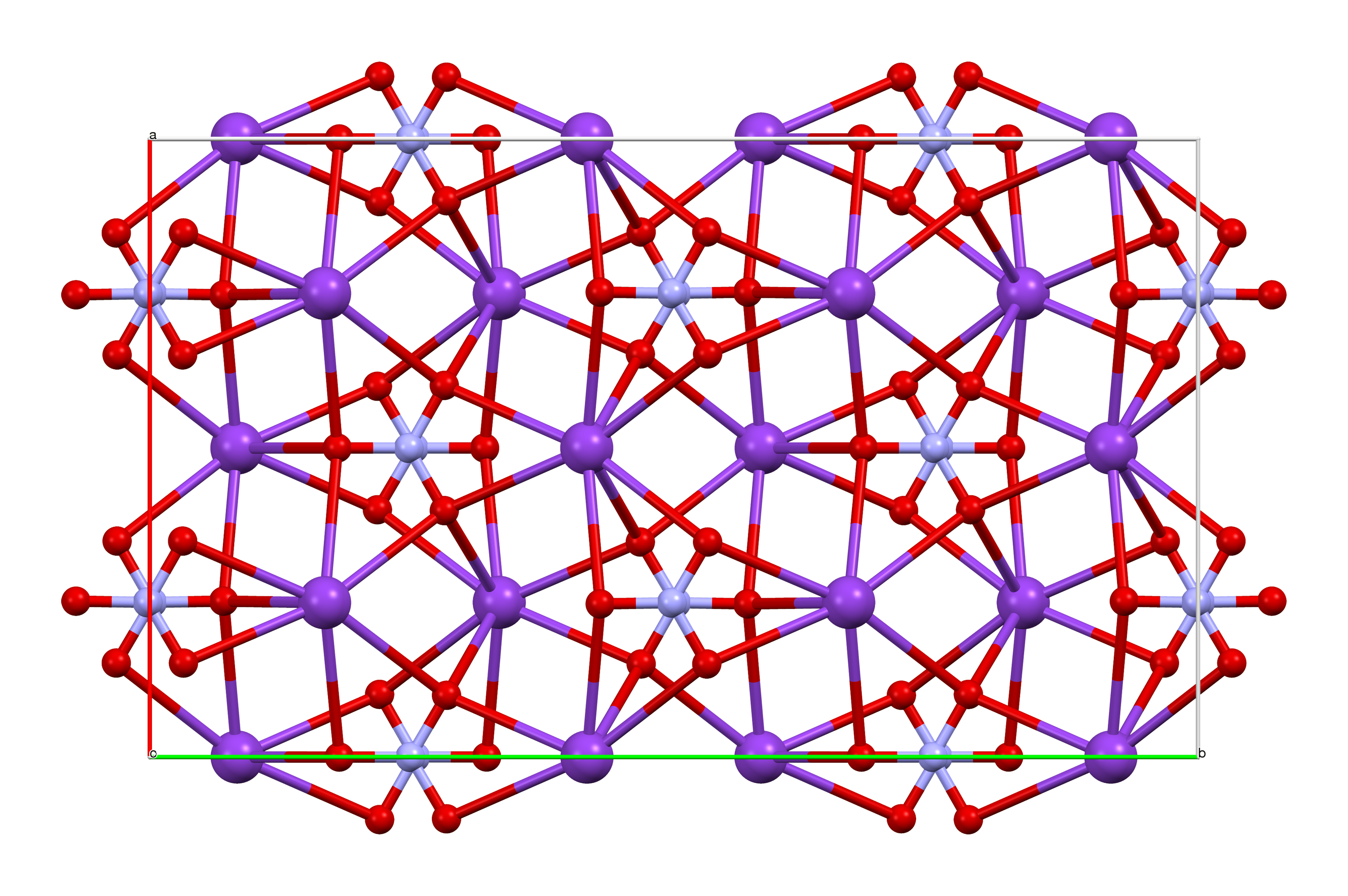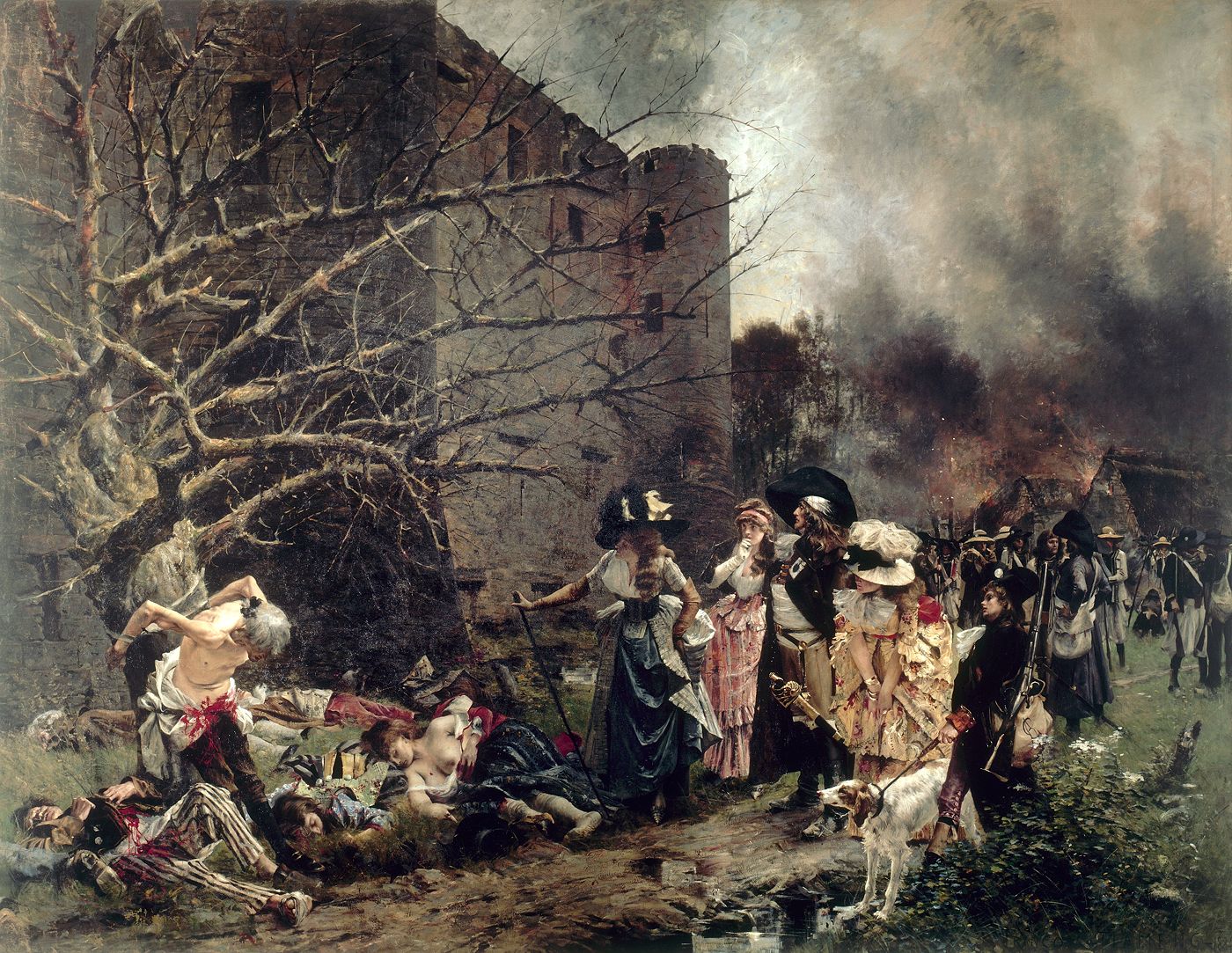|
Levée En Masse
''Levée en masse'' ( or, in English, ''mass levy'') is a French term used for a policy of mass national conscription, often in the face of invasion. The concept originated during the French Revolutionary Wars, particularly for the period following 16 August 1793, when able-bodied men aged 18 to 25 were conscripted. The concept of mass conscription was kept in place during the Napoleonic Wars. The term is also applied to other historical examples of mass conscription. Terminology The term ''levée en masse'' denotes a short-term requisition of all able-bodied men to defend the nation and its rise as a military tactic may be viewed in connection with the political events and developing ideology in revolutionary France—particularly the new concept of the democratic citizen as opposed to a royal subject. Central to the understanding that developed (and was promoted by the authorities) of the ''levée'' is the idea that the new political rights given to the mass of the French ... [...More Info...] [...Related Items...] OR: [Wikipedia] [Google] [Baidu] |
Département
In the administrative divisions of France, the department (, ) is one of the three levels of government under the national level (" territorial collectivities"), between the administrative regions and the communes. There are a total of 101 departments, consisting of ninety-six departments in metropolitan France, and five overseas departments, which are also classified as overseas regions. Departments are further subdivided into 333 arrondissements and 2,054 cantons (as of 2023). These last two levels of government have no political autonomy, instead serving as the administrative basis for the local organisation of police, fire departments, and, in certain cases, elections. Each department is administered by an elected body called a departmental council ( , ). From 1800 to April 2015, these were called general councils ( , ). Each council has a president. Their main areas of responsibility include the management of a number of social and welfare allowances, of junior hi ... [...More Info...] [...Related Items...] OR: [Wikipedia] [Google] [Baidu] |
Jean Lambert Tallien
Jean-Lambert Tallien (, 23 January 1767 – 16 November 1820) was a French politician of the revolutionary period. Though initially an active agent of the Reign of Terror, he eventually clashed with its leader, Maximilien Robespierre, and is best known as one of the key figures of the Thermidorian Reaction that led to the fall of Robespierre and the end of the Terror. Early life and journalism Tallien was born in Paris to Lambert Tallien, the ''maître d'hôtel'' of the Marquis de Bercy, and Jeanne Lambert. The marquis, noticing his ability, had him educated, and got him a place as a lawyer's clerk. Supportive of the Revolution, he gave up his desk to enter a printer's office, and by 1791 was overseer of the printing department of the Comte de Provence. During his employment, he conceived the idea of the '' journal-affiche'', and after the arrest of the king at Varennes in June 1791 he placarded a large printed sheet on all the walls of Paris twice a week, under the title of ... [...More Info...] [...Related Items...] OR: [Wikipedia] [Google] [Baidu] |
Assignats
An assignat () was a monetary instrument, an order to pay, used during the time of the French Revolution, and the French Revolutionary Wars. France Assignats were paper money (fiat currency) authorized by the Constituent Assembly in France from 1789 to 1796, during the French Revolution, to address imminent bankruptcy. They were originally backed by the value of properties now held by the nation; those of the crown taken over on 7 October, and those of the Catholic Church, which were confiscated, on the motion of Mirabeau, by the Assembly on 2 November 1789. Credit was wrecked, according to Talleyrand; for Mirabeau "the deficit was the treasure of the nation". In September the treasury was empty. Charles Maurice de Talleyrand-Périgord proposed "national goods" should be given back to the nation. Necker proposed to borrow from the Caisse d'Escompte, but his intention to change the private bank into a national bank similar to the Bank of England failed. A general default ... [...More Info...] [...Related Items...] OR: [Wikipedia] [Google] [Baidu] |
Potassium Nitrate
Potassium nitrate is a chemical compound with a sharp, salty, bitter taste and the chemical formula . It is a potassium salt of nitric acid. This salt consists of potassium cations and nitrate anions , and is therefore an alkali metal nitrate. It occurs in nature as a mineral, niter (or ''nitre'' outside the United States). It is a source of nitrogen, and nitrogen was named after niter. Potassium nitrate is one of several nitrogen-containing compounds collectively referred to as saltpetre (or saltpeter in the United States). Major uses of potassium nitrate are in fertilizers, tree stump removal, rocket propellants and fireworks. It is one of the major constituents of traditional gunpowder (black powder). In processed meats, potassium nitrate reacts with hemoglobin and myoglobin generating a red color. Etymology Nitre, or potassium nitrate, because of its early and global use and production, has many names. As for nitrate, Egyptian and Hebrew words for it had the ... [...More Info...] [...Related Items...] OR: [Wikipedia] [Google] [Baidu] |
Lint (material)
Lint is the common name for visible accumulations of textile fibers, hair and other materials, usually found on and around clothing. Certain materials used in the manufacture of clothing, such as cotton, linen, and wool, contain numerous, very short fibers bundled together. During the course of normal wear, these fibers may either detach or be jostled out of the weave of which they are part. This is the reason why heavily used articles, such as shirts and towels, become thin over time and why such particles accumulate in the lint screen of a clothes dryer. Because of their high surface area to weight ratio, static cling causes fibers that have detached from an article of clothing to continue to stick to one another and to that article or other surfaces with which they come in contact. Other small fibers or particles also accumulate with these clothing fibers, including human and animal hair and skin cells, plant fibers, and pollen, dust, and microorganisms. Etymology The etymolo ... [...More Info...] [...Related Items...] OR: [Wikipedia] [Google] [Baidu] |
Lazare Carnot
Lazare Nicolas Marguerite, Comte Carnot (; 13 May 1753 – 2 August 1823) was a French mathematician, physicist, military officer, politician and a leading member of the Committee of Public Safety during the French Revolution. His military reforms, which included the introduction of mass conscription (''levée en masse''), were instrumental in transforming the French Revolutionary Army into an effective fighting force. Carnot was elected to the National Convention in 1792, and a year later he became a member of the Committee of Public Safety, where he directed the French war effort as one of the Ministers of War during the War of the First Coalition. He oversaw the reorganization of the army, imposed discipline, and significantly expanded the French force through the imposition of mass conscription. Credited with France's renewed military success from 1793 to 1794, Carnot came to be known as the "Organizer of Victory". Increasingly disillusioned with the radical politics of the ... [...More Info...] [...Related Items...] OR: [Wikipedia] [Google] [Baidu] |
Levee En Masse
A levee ( or ), dike (American English), dyke (British English; see spelling differences), embankment, floodbank, or stop bank is an elevated ridge, natural or artificial, alongside the banks of a river, often intended to protect against flooding of the area adjoining the river. It is usually earthen and often runs parallel to the course of a river in its floodplain or along low-lying coastlines. Naturally occurring levees form on river floodplains following flooding. Sediment and alluvium are deposited on the banks and settle, forming a ridge that increases the river channel's capacity. Alternatively, levees can be artificially constructed from fill, designed to regulate water levels. In some circumstances, artificial levees can be environmentally damaging. Ancient civilizations in the Indus Valley, ancient Egypt, Mesopotamia and China all built levees. Today, levees can be found around the world, and failures of levees due to erosion or other causes can be major disa ... [...More Info...] [...Related Items...] OR: [Wikipedia] [Google] [Baidu] |
Siege Of Mainz (1793)
In the siege of Mainz (), from 14 April to 23 July 1793, a coalition of Prussia, Austria, and other German states led by the Holy Roman Empire besieged and captured Mainz from revolutionary French forces. The allies, especially the Prussians, first tried negotiations, but this failed, and the bombardment of the city began on the night of 17 June. Siege Within the town the siege and bombardment led to stress between citizens, municipality and the French war council, governing since 2 April. The city administration was displaced on 13 July; this increased the stubbornness of the remaining population. Since a relief army was missing, the war council was forced to take up negotiations with the allied forces on 17 July; the remaining soldiers capitulated on 23 July. Nearly 19,000 French troops surrendered at the end of the siege, but were allowed to return to France if they promised not to fight against the allies for one year. Consequently, they were used to fight French royalist ... [...More Info...] [...Related Items...] OR: [Wikipedia] [Google] [Baidu] |
War In The Vendée
The War in the Vendée () was a counter-revolutionary insurrection that took place in the Vendée region of French First Republic, France from 1793 to 1796, during the French Revolution. The Vendée is a coastal region, located immediately south of the river Loire in western France. Initially, the revolt was similar to the 14th-century Jacquerie peasant uprising, but the Vendée quickly became counter-revolutionary and House of Bourbon, Royalist. The revolt was comparable to the Chouannerie, which took place concurrently in the area north of the Loire. While elsewhere in France the revolts against the were repressed, an insurgent territory, called the by historians, formed south of the Loire-Atlantique, Loire-Inférieure (Brittany), south-west of Maine-et-Loire (Duchy of Anjou, Anjou), north of Vendée and north-west of Deux-Sèvres (Poitou). Gradually referred to as the "Vendeans", the insurgents established in April a "Catholic and Royal Armies, Catholic and Royal Army" wh ... [...More Info...] [...Related Items...] OR: [Wikipedia] [Google] [Baidu] |
Vendée
Vendée () is a department in the Pays de la Loire region in Western France, on the Atlantic coast. In 2019, it had a population of 685,442.Populations légales 2019: 85 Vendée INSEE Its is . History The area today called the Vendée was originally known as the ''Bas-Poitou'' and is part of the former province of Poitou. In the southeast corner, the village of[...More Info...] [...Related Items...] OR: [Wikipedia] [Google] [Baidu] |
Dutch Republic
The United Provinces of the Netherlands, commonly referred to in historiography as the Dutch Republic, was a confederation that existed from 1579 until the Batavian Revolution in 1795. It was a predecessor state of the present-day Netherlands and the first independent Dutch people, Dutch nation state. The republic was established after seven Dutch provinces in the Spanish Netherlands Dutch Revolt, revolted against Spanish Empire, Spanish rule, forming a mutual alliance against Spain in 1579 (the Union of Utrecht) and declaring their independence in 1581 (the Act of Abjuration). The seven provinces it comprised were Lordship of Groningen, Groningen (present-day Groningen (province), Groningen), Lordship of Frisia, Frisia (present-day Friesland), Lordship of Overijssel, Overijssel (present-day Overijssel), Duchy of Guelders, Guelders (present-day Gelderland), lordship of Utrecht, Utrecht (present-day Utrecht (province), Utrecht), county of Holland, Holland (present-day North Holla ... [...More Info...] [...Related Items...] OR: [Wikipedia] [Google] [Baidu] |






